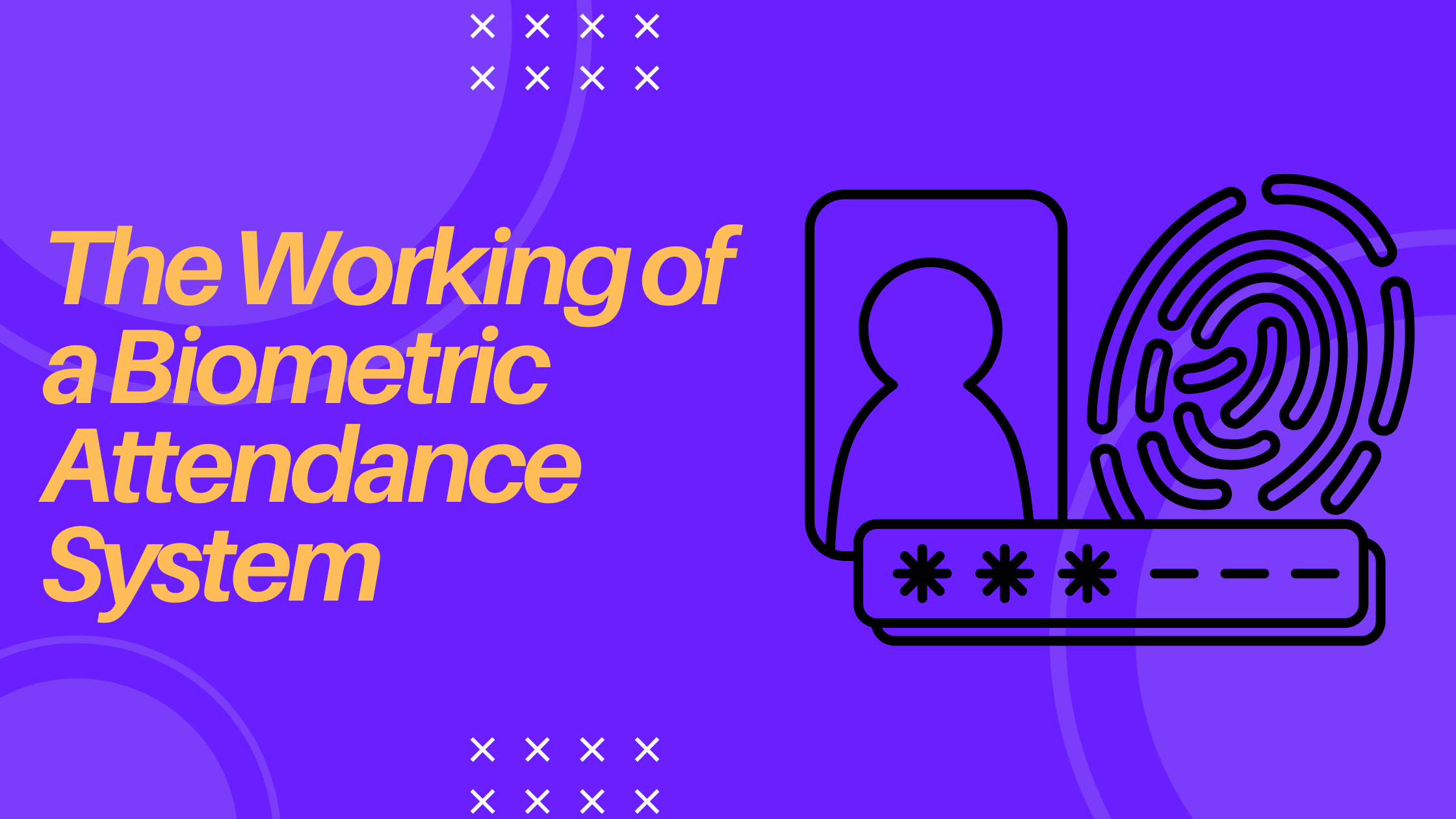Biometric attendance systems are becoming increasingly popular in the workplace as a way to track and monitor employee attendance. These systems use biometric data, such as fingerprints or facial recognition, to identify employees and record their arrival and departure times. This article will provide an overview of how biometric attendance systems work, their advantages, and how they can be implemented in the workplace.
I. What is a Biometric Attendance System?
A biometric attendance system is an automated system that uses biometric data, such as fingerprints or facial recognition, to identify an individual and record their attendance. This system eliminates the need for manual attendance recording and drastically reduces the possibility of errors.
II. How Does a Biometric Attendance System Work?
Biometric attendance systems use biometric data, such as fingerprints or facial recognition, to identify an individual. These systems use scanners to capture the biometric data, which is then compared to a database of stored biometric data.
The biometric attendance system will also generate reports that can be used to track and monitor attendance. These reports can be used to identify patterns in employee attendance and can be used to identify any potential issues or discrepancies.
III. Benefits of Biometric Attendance Systems
Biometric attendance systems offer numerous benefits. They are more efficient and cost-effective than traditional attendance tracking methods, as they eliminate the need for manual recording and reduce the possibility of errors. They also offer greater accuracy and reliability than other methods, as the biometric data is unique to each individual and cannot be manipulated or falsified.
IV. Implementing a Biometric Attendance System
Implementing a biometric attendance system requires the installation of biometric scanners, which can be done by a professional or by the employer themselves. The scanners must then be connected to the system’s software, which will store the biometric data and generate reports. The system must also be integrated with the employer’s existing payroll system so that the attendance data can be used to calculate wages and salaries.

V. Conclusion
Biometric attendance systems offer employers a more efficient and cost-effective way to track and monitor employee attendance. They use biometric data, such as fingerprints or facial recognition, to identify employees and record their arrival and departure times. These systems also offer greater accuracy, reliability, and security than other methods. Implementing a biometric attendance system requires the installation of scanners and integration with the employer’s payroll system.


